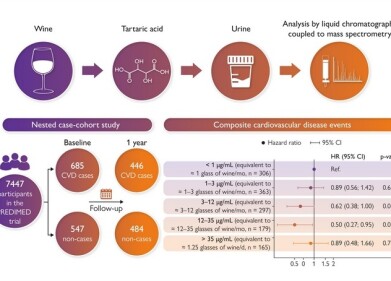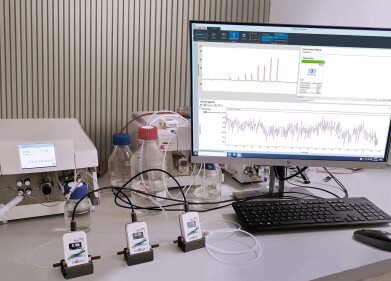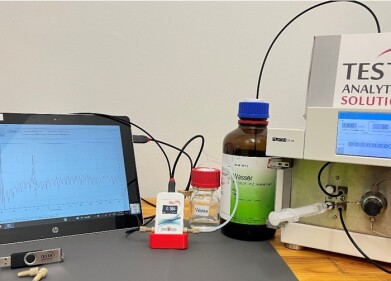Chromatography
An Introduction to Trace Elements
May 19 2015
Trace elements, also called trace metals, are present in minute quantities (usually between one and ten parts per million) as constituents of all living organisms and despite the minuscule level of their presence, are vital for the growth, development and general well-being of those organisms – including ourselves. These trace elements include chromium, cobalt, copper, iodine, iron, manganese, magnesium, molybdenum, selenium and zinc, among others. A shortage of trace elements in the body can result in deleterious effects or even death, but their presence in higher amounts than required can also be harmful.
Chromium
If we take a look at chromium as an example: its main functions appear to be linked with carbohydrate and lipid metabolism and it is also thought to promote the action of insulin, the hormone which controls glucose levels in the blood. A significant characteristic of chromium deficiency is impaired glucose tolerance. This can be improved by chromium supplementation, though it should be noted that chromium supplements do not improve insulin action for people who were not initially deficient. Chromium is not known to cause toxicity and sources of chromium include meat, nuts, cereal grains, brewer’s yeast and molasses.
Iron and Copper
Much of the iron in the body is found in haemoglobin, which is responsible for carrying oxygen from the lungs to the rest of the body. The human body contains 50-80mg of copper, about one-third of which is found in the muscles. Copper combines with certain proteins to produce enzymes which act as catalysts for a number of body functions, such as transformation of melanin for pigmentation of the skin. Others help maintain and repair connective tissues – particularly important for the heart and arteries. Research has been conducted which suggests that copper deficiency may be one of the factors leading to an increased risk of coronary heart disease. Other minerals and trace elements, again in very tiny amounts, are required and appear to be essential, while the effect, or even the necessity, for other trace elements occurring in our diet have not as yet been ascertained. To date only a few trace elements have been determined as essential to heath and well- being and research is ongoing to investigate and learn more about the role, if any, of some of the elements which comprise a part of daily diet.
Mass Spectrometry
A better understanding of the relevance of various elements in metabolic and other processes in organisms can be obtained by analytical study using laboratory techniques such as ICP-Mass Spectrometry. For detailed information see our report on Direct Determination of Trace Elements in Body Fluids.
Digital Edition
Lab Asia 31.6 Dec 2024
December 2024
Chromatography Articles - Sustainable chromatography: Embracing software for greener methods Mass Spectrometry & Spectroscopy Articles - Solving industry challenges for phosphorus containi...
View all digital editions
Events
Jan 22 2025 Tokyo, Japan
Jan 22 2025 Birmingham, UK
Jan 25 2025 San Diego, CA, USA
Jan 27 2025 Dubai, UAE
Jan 29 2025 Tokyo, Japan



















